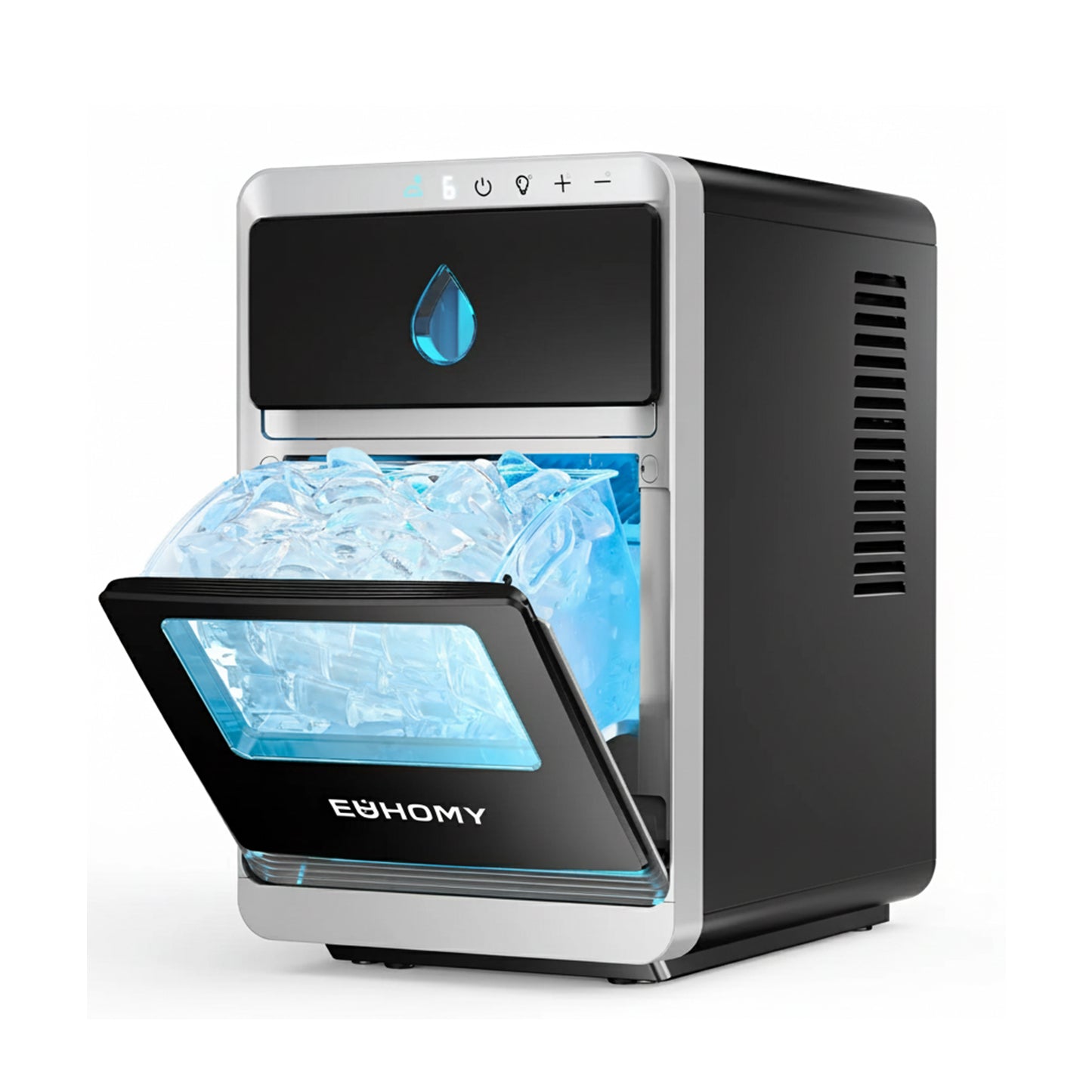Unveiling the Secrets of Ice Machine Makers: How They Create Your Favorite Chill!
Ice machine makers have become an indispensable part of modern life, providing a steady supply of ice for everything from refreshing drinks at home to keeping food fresh in restaurants and bars. These machines seamlessly blend into our daily routines, ensuring that our beverages are always properly chilled and that our culinary creations stay at the optimal temperature. As someone who loves hosting gatherings, I've experienced firsthand the convenience of having an ice machine handy, eliminating the hassle of constantly filling ice trays. In this article, we will explore the fascinating world of ice machine makers, delving into their functionality, types, and the essential maintenance they require to keep producing that perfect chill.

Understanding Ice Machine Makers
Ice machine makers are devices specifically designed to produce ice, and they come in various forms to suit different needs. Broadly, they can be categorized into residential and commercial ice machines. Residential ice makers are typically compact and designed to fit on countertops or within refrigerators, perfect for home use. On the other hand, commercial ice machines are larger, built to handle considerable volumes of ice production, and often found in restaurants, hotels, and bars. They cater to diverse ice requirements, whether for cocktails, food preservation, or even medical uses. Understanding the different types of ice machines helps consumers choose the right model for their specific needs, whether it's for a small household or a bustling business.
How Ice Machine Makers Work
The inner workings of ice machine makers are a marvel of engineering. At their core, they operate on a refrigeration cycle, similar to traditional refrigerators. The process starts with a refrigerant that absorbs heat from the surrounding environment. This refrigerant is then compressed, increasing its temperature and pressure. After passing through the condenser, the hot gas releases its heat and turns into a liquid. The liquid refrigerant then enters the evaporator, where it evaporates and absorbs heat from the water, causing the temperature to drop and ice to form. As the ice reaches the desired thickness, a heating element may be used to release it from the evaporator, allowing for easy collection. Components like compressors and evaporators play crucial roles in this cycle, ensuring that the ice machine operates efficiently. Personal experiences have shown me that understanding this process not only enhances appreciation for the technology but also provides insights into troubleshooting when things go awry.
Types of Ice Produced by Ice Machines
Ice machines are not one-size-fits-all; they produce various types of ice, each suitable for different applications. Nugget ice, often referred to as "chewable ice," is soft and easy to eat, making it a favorite for beverages and slushy drinks. Flake ice, on the other hand, is often used in food displays and seafood preservation due to its ability to mold around items, keeping them cold without damage. Then we have cube ice, which is the most common type, available in various sizes. It's versatile and used in everything from cocktails to cooling beverages. Each type of ice serves a unique purpose, and understanding these differences can help individuals and businesses select the right machine for their needs. Friends who run restaurants often share how the type of ice can significantly impact customer satisfaction, especially in the beverage industry.
Maintenance and Care for Ice Machines
Proper maintenance is essential for ensuring the longevity and efficiency of ice machine makers. Regular cleaning is a must, as mineral buildup can affect ice quality and machine performance. It's advisable to clean the machine at least once every six months, using a gentle cleaner designed for ice machines. Routine checks, like inspecting water filters and ensuring the machine is level, can prevent many common issues. Additionally, monitoring the machine's performance can help identify problems early. For instance, if the ice produced is cloudy or has an unusual taste, it might be time for a thorough cleaning. My friend who owns a bar often emphasizes the importance of maintenance; a well-cared-for machine not only produces better ice but also saves on costly repairs in the long run.
Importance of Understanding Ice Machine Makers
In conclusion, understanding ice machine makers and how they function reveals the intricate technology behind something we often take for granted. From the various types of machines available to the different types of ice produced, these devices play a vital role in enhancing our daily experiences, whether at home or in commercial settings. By appreciating the complexity of these machines and committing to their proper maintenance, we can ensure they continue to provide us with that perfect chill for years to come. So next time you enjoy a cool drink on a hot day, take a moment to appreciate the technology that makes it all possible!








